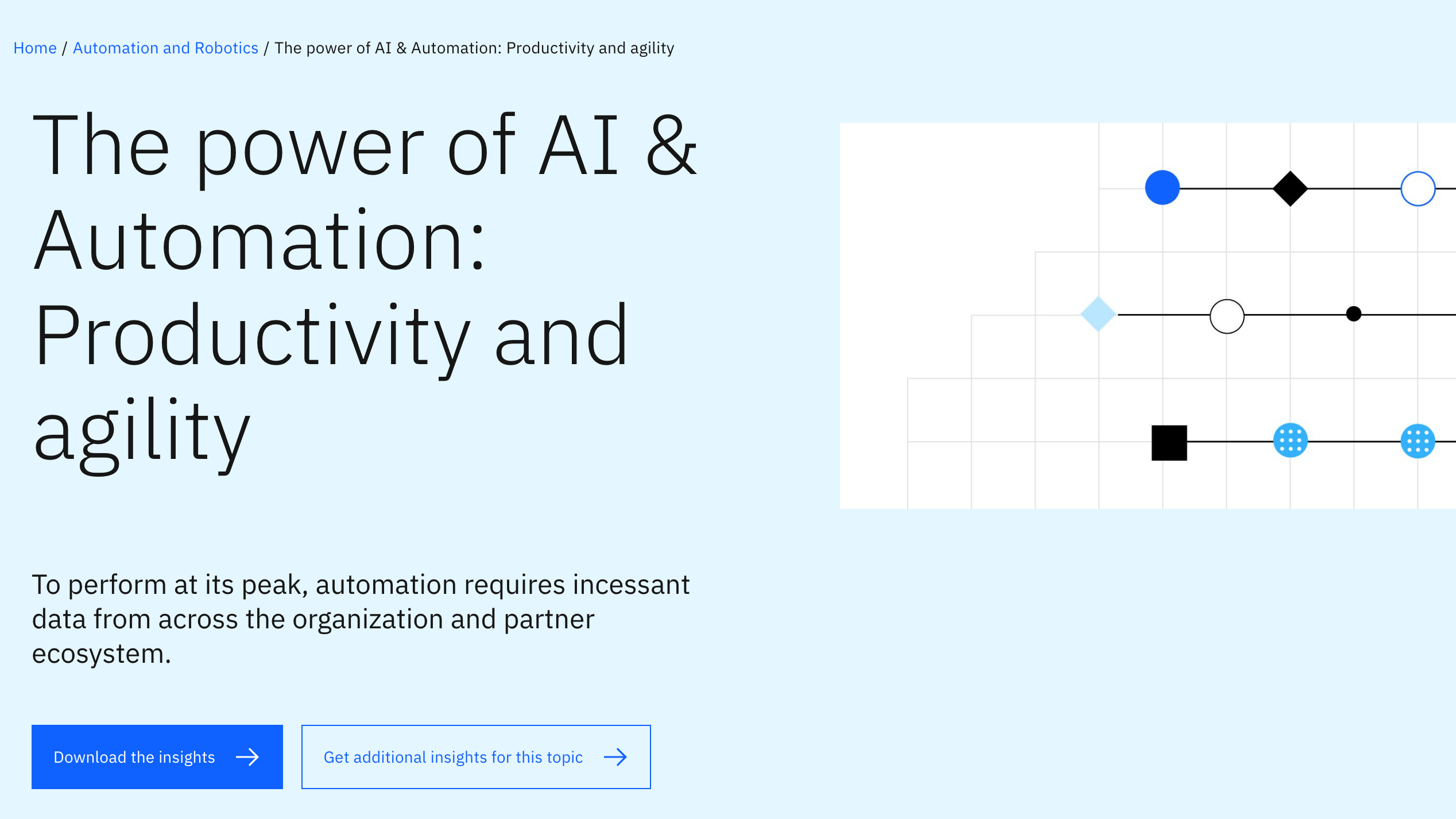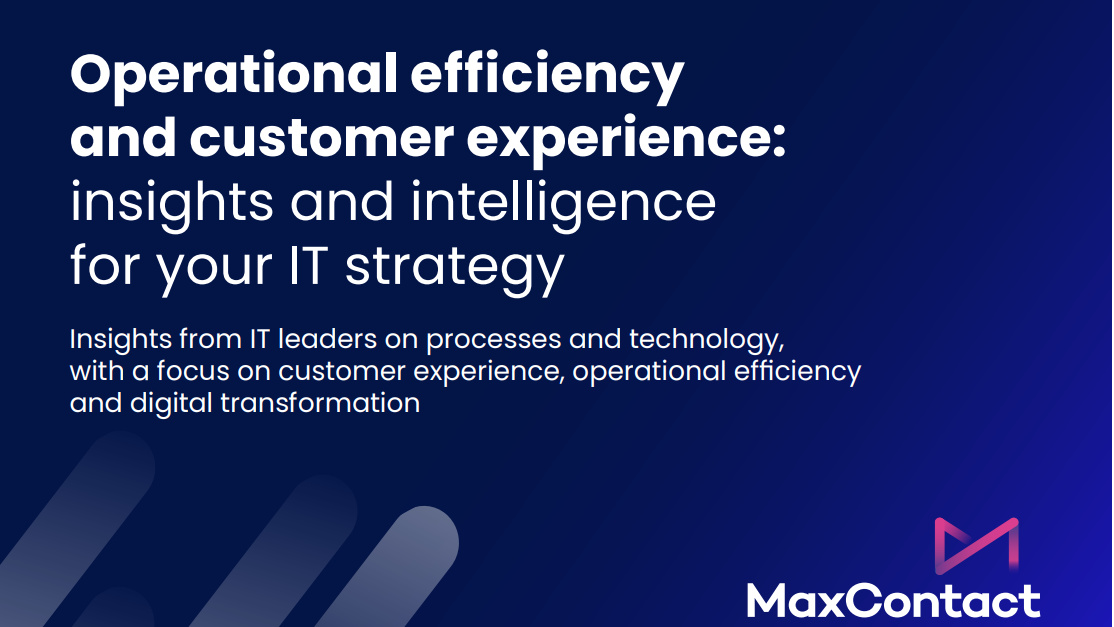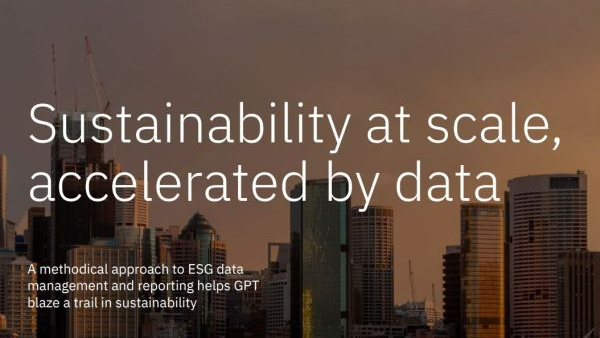Oracle adds analytics capabilities to Hadoop
Firm lets users analyse geospatial data, and do it inside Hadoop or NoSQL

Oracle is adding new analytics capabilities to Hadoop and NoSQL databases, as it aims to help people struggling to make sense of huge datasets.
Its latest set of tools, labelled Oracle Big Data Spatial and Graph, targets a wider variety of datasets than the company's older solutions in this space, while cutting back on any need to move data around.
Instead, users can process data inside Hadoop while running the tool, saving time and money on analytics compared to moving the data into the cloud or another system to analyse it.
The spatial part of Oracle's tool helps examine data based on a variety of factors.
These include the proximity of the data and where it is in terms of geographical boundaries.
The spatial capabilities also allow users to find geospatial patterns like connections between different organisations, or the proximity of different clients to each other.
For example, it can look at datasets like Twitter feeds that include a zip code or street address, and add or update city, state, and country information.
Sign up today and you will receive a free copy of our Future Focus 2025 report - the leading guidance on AI, cybersecurity and other IT challenges as per 700+ senior executives
It can also filter or group results based on spatial relationships, claimed Oracle, like finding how many customers are in each sales territory.
These results can be visualized on a map using its HTML5-based web mapping tool.
Meanwhile, the graph part of the tool enables the parallel in-memory analytics run in Hadoop.
Steve Pierce, CEO of Oracle partner Think Huddle, said: "With the introduction of Oracle Big Data Spatial and Graph, Hadoop users will be able to enrich data based on location and use this to harmonise data for further correlation, categorisation and analysis.
"For traditional geospatial workloads, it will provide value-added spatial processing and allow us to support customers with large vector and raster data sets on Hadoop systems."
-
 Cloud security teams are in turmoil
Cloud security teams are in turmoilNews Cloud security teams are scrambling to keep pace with expanding attack surfaces, new research from Palo Alto Networks shows, largely due to the rapid adoption of enterprise AI solutions.
-
 Platform consolidation is the solution for MSPs’ growing pains
Platform consolidation is the solution for MSPs’ growing painsIndustry Insights As 2025 draws to a close, there's never been a better time for MSPs to rethink their tech structure
-
 Future focus 2025: Technologies, trends, and transformation
Future focus 2025: Technologies, trends, and transformationWhitepaper Actionable insight for IT decision-makers to drive business success today and tomorrow
-
 B2B Tech Future Focus - 2024
B2B Tech Future Focus - 2024Whitepaper An annual report bringing to light what matters to IT decision-makers around the world and the future trends likely to dominate 2024
-
 Six steps to success with generative AI
Six steps to success with generative AIWhitepaper A practical guide for organizations to make their artificial intelligence vision a reality
-
 The power of AI & automation: Productivity and agility
The power of AI & automation: Productivity and agilitywhitepaper To perform at its peak, automation requires incessant data from across the organization and partner ecosystem
-
 Operational efficiency and customer experience: Insights and intelligence for your IT strategy
Operational efficiency and customer experience: Insights and intelligence for your IT strategyWhitepaper Insights from IT leaders on processes and technology, with a focus on customer experience, operational efficiency, and digital transformation
-
 Sustainability at scale, accelerated by data
Sustainability at scale, accelerated by dataWhitepaper A methodical approach to ESG data management and reporting helps GPT blaze a trail in sustainability
-
 What businesses with AI in production can teach those lagging behind
What businesses with AI in production can teach those lagging behindWhitepaper The more sophisticated the AI Model, the more potential it has for the business
-
 Four steps to better business decisions
Four steps to better business decisionsWhitepaper Determining where data can help your business